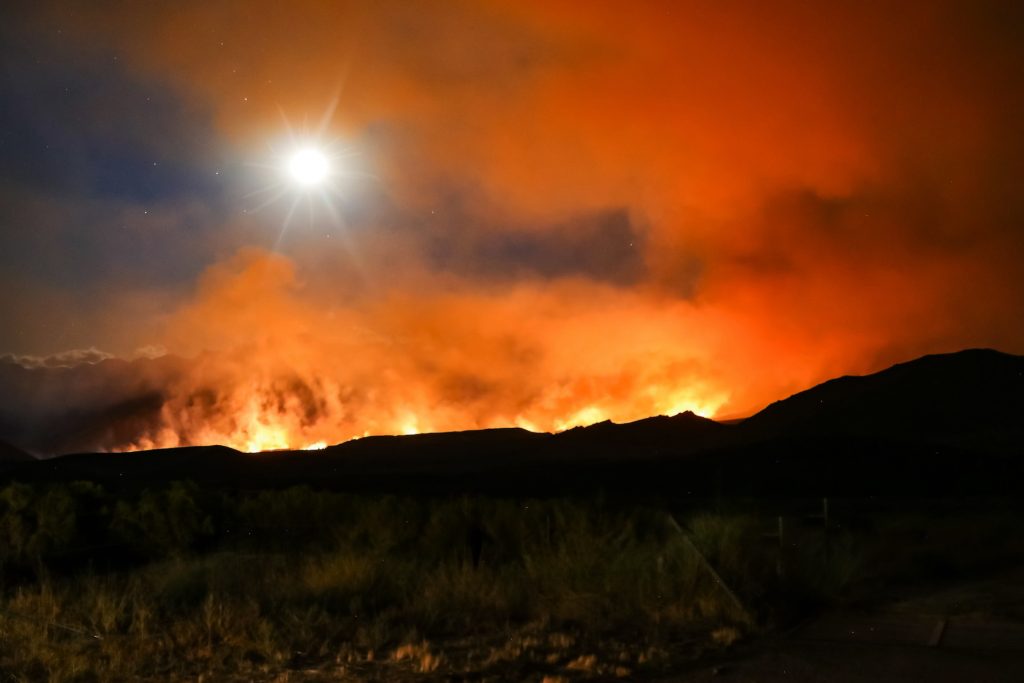You’ve heard that carbon dioxide and other greenhouse gases act like a blanket, trapping the heat that could radiate out into space. That’s the theory, but how does a specific molecule trap heat?
The answer requires some physics and chemistry. However, global warming is not a simple concept. If CO2 prevents infrared radiation from escaping Earth, could sunlight's infrared light also prevent it from entering? Let's find out.
Global Warming is happening, but most people don't understand how it works. Let's dive into the theory of global warming. The concept is that sunlight enters the Earth's surface, warming the ground and other areas.
At night, heat radiates to the air molecules and is absorbed by CO2 molecules, which then emit infrared light to other air molecules or back to Earth. Carbon dioxide's ability to absorb and re-emit infrared energy makes it an effective heat-trapping greenhouse gas.
This process prevents heat from escaping into space, keeping it trapped in the atmosphere. Not all gas molecules can absorb infrared radiation. For example, nitrogen and oxygen comprise 99% of Earth's atmosphere and do not absorb infrared photons, which are the smallest bits of heat.
Therefore, if the concentration of CO2 increases, global warming increases, and that's the science of Global Warming in a nutshell. However, let's use critical thinking to investigate the theory.
How Does Carbon Dioxide Heat the Earth?
Global warming is caused by the increasing levels of carbon dioxide in the atmosphere. Sunlight is a form of electromagnetic radiation that encompasses gamma rays, X-rays, ultraviolet light, visible light, and infrared light.
When solar radiation enters the upper atmosphere, Earth's magnetosphere deflects the gamma rays and X-rays, and the ozone layer filters out almost all of the ultraviolet radiation.
To understand how a molecule can trap heat, we must think in terms of quantum mechanics.
Since a photon's energy depends on its frequency, I use the frequency of light instead of the more commonly used wavelength. However, the numbers can be confusing. Visible light can have a wavelength of 400 nm and a frequency of 750 THz, while Infrared light can have a wavelength of 750 nm and a frequency of 400 THz.
The sunlight entering Earth is composed of 50% infrared and 49% visible light. However, all of the heat is in the infrared light. Visible white light has a high frequency and doesn't contain heat. Infrared light, on the other hand, is invisible, has a lower frequency, and contains heat. Both arrive on Earth in a mixture we call sunlight.
When sunlight travels through the atmosphere, it lands on various air molecules, which scatter white light (Rayleigh Scattering) and produce the blue sky. Moreover, during the day, infrared radiation heats the air molecules.
Clouds and dust particles block some sunlight from reaching the surface. Water vapor and carbon dioxide molecules easily absorb more infrared radiation. The diatomic molecules, such as N2 and O2, don't directly absorb infrared radiation. However, all molecules in the air can absorb heat when they are in a warmer environment. More about that later.
Causes of Global Warming
Nine ways to heat our planet:
1. A greater amount of infrared radiation during the night from combustion.
2. Fewer trees and grasslands, more paved roads and buildings, capture more infrared heat.
3. Cars, planes, and trains emit heat regardless of the type of fuel used.
4. Billions of people burn coal and wood to cook and heat their homes.
5. Wildfires, earthquakes, and volcanoes add heat and pollution to the atmosphere.
6. The burning of coal in factories is a major cause of pollution and CO2 emissions.
7. The Earth's core thermal energy could cause glaciers to melt from the bottom.
8. Factories burning fuel at night, polluting the air, and contributing to global warming.
9. Global wars contribute to the heating and pollution of the atmosphere.
Thus, Global Warming is caused by combustion, but we blame it on the level of CO2. However, CO2 is emitted from the burning of fuels and wildfires, and it is a product of the combustion process, not the cause of combustion or global warming.
How to Reduce Global Warming
If the level of CO2 in the atmosphere isn't a major cause of global warming, reducing CO2 levels isn't the solution. One solution is to eliminate nighttime combustion and sources of infrared light in cities and utilize electric vehicles.
Another solution is to build housing farther away from downtown and to turn off lights earlier in the evening. The newer LED lights emit far less infrared light.
Many large cities in China turn off their lights at 10:30 p.m., and some of the bridge lights shut off as early as 9:30 p.m. In America, most lights stay on until sunlight activates an automatic switch to turn them off. It's not unusual to see street and parking lot lights on during the day.
Global Warming can be a boring subject for non-scientists. However, I have some new information that will shed light on this critical issue. I'm not ready to share it, but my theory has the potential to revolutionize our understanding of global and climate change.
It's great to see you reading my weekly newsletter at https://lovinthings.com/, where I discuss The Science in Your Life and the evolution of consciousness. Next week, I aim to provide more information on Global Warming. Be well, and take care.

